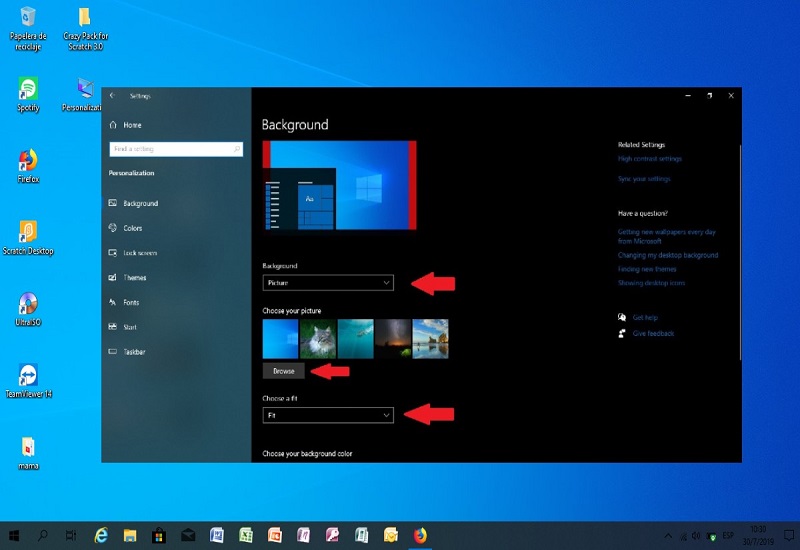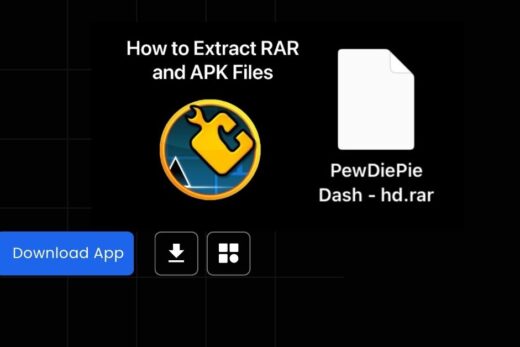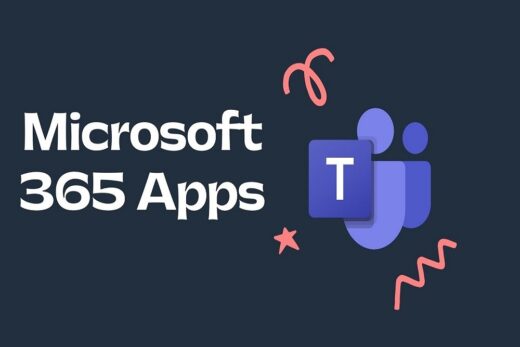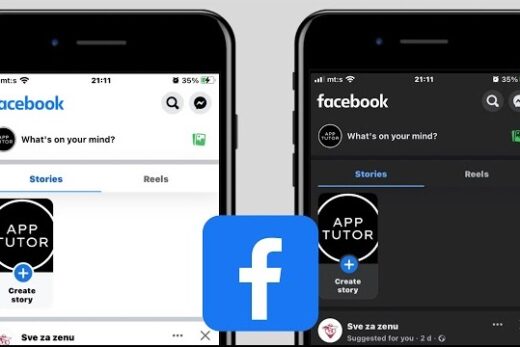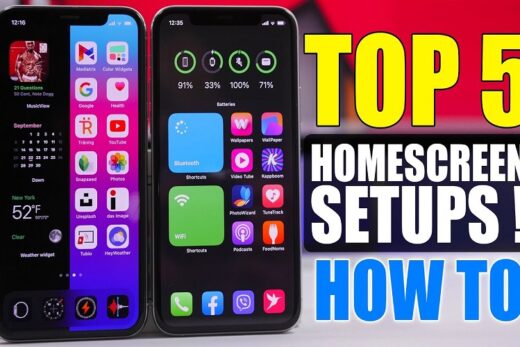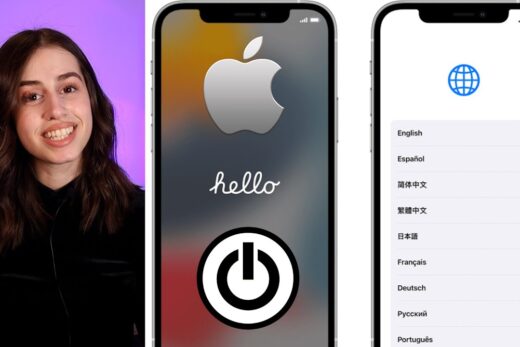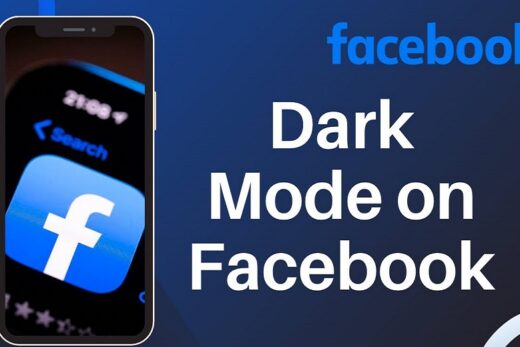We are surrounded by social media applications today, and the number of apps on the market continues to rise. There are ample smartphone users worldwide, creating new prospects for social networks with advanced features.
Online activities involving social media are the most widely practiced. Social media will be used by more than 3.6 billion people worldwide in 2020, and the number is expected to reach nearly 4.41 billion by 2025. Since this is an opportunity, many entrepreneurs cannot let this pass and create new social media platforms.
This blog is going to familiarize you with how to create a social media application.
A Step-by-Step Guide for Creating a Social Media App
Step 1 – Target Audience and Purpose
Identify the purpose of your social media network. You can not start an app just because you have a good idea. You should understand your market and competitors. To gain adoption for a social media app, it’s crucial to recognize what features your potential users love and what your competitors lack.
The next step is to brainstorm app concepts based on your clear understanding of what your new app will be about and why it will be helpful. Considering your options for user retention, as well as your growth and engagement strategies, is vital. If you intend to monetize your app, ponder your options carefully.
Step 2 – Features and Functions
Starting the planning process for your social media app can be overwhelming because so many different features and functions are available. You should first understand your limitations, budget, and skill set to ensure you have everything you need at this point.
Make sure your app is engaging your active users. Here are some suggestions:
- Customization of the newsfeed to post content (videos, photos, and text)
- Encourage user engagement by enabling comments and likes.
- The likelihood of people engaging with your app is higher when they receive push notifications.
- Choose between a free app for everyone or a private community app.
- Protect the information of your users and your application with security measures.
- Your app can be linked to other platforms for a broader reach.
- To locate active users, the application can use geolocation and tagging features.
Read More: Secrets That Can Change The Social Marketing
Step 3 – Development & Design
After you know the app’s core features and functionality, it’s now time to design and develop it. If you want to cater to the large market segment, you can create a highly appealing application for Android and iOS platforms. The technology stack used by Apple and Android is different.
The SaaS solution provider typically won’t need to worry about tackling this step, but if you’re setting up your system, make sure that the design and outline are as straightforward as possible to help a developer put the plan together.
Hire a skilled mobile app developer who begins with a wireframe. As a result, your whole team can see how the app functions and what pages are linked to each other. The next step is to prototype the app and build a working model. Henceforth, you will understand the app better and be in a better position to make the final decision.
Step 4. Publishing & Marketing the App
As part of the development process, your team must create all promotional materials for the application, such as video guides and compelling descriptions. Having all this on hand strengthens your social app’s visibility in Apple’s App Store and Google’s Play Market.
If you plan to build a mobile app or a website, know that the development cost is only one portion of the project cost. There are also marketing costs to consider. No matter which promotion method you choose for your app, don’t stop thinking about it once you’ve submitted it to the store. Track quantitative metrics for your social media application, which are essential to your success.
Step 5 – Analysis
Analytics tools are available that can help you assess how successful your app has been. If you wanted to learn how long people spend on your app or how often they use it, you could look at how many times they use it a week/month. Making proactive changes in the future is possible when you keep an ongoing dialogue about engagement.
Step 6- Maintenance and Support
You must maintain and support your existing platform alongside developing new features for your social media platform. Your current version in production must be stable no matter if you will introduce significant new features or completely redesign your app.
It is not different from supporting and maintaining other applications to support and strengthen social network applications. The services can be provided continuously or on-demand, and it depends on how often and how many tasks are involved.
Following services can be included:
- Developing additional features based on requests
- Increasing quality assurance
- Control of app stability
- Performance control for servers
- Scaling mobile applications
- Updates to technologies, operating systems, servers, and security
Make an app for social media; you also need to integrate these activities into your app development process continually.
A Quantitative Approach to Social Media Applications
To analyze social media mobile apps for business, we advise sticking to metrics that track engagement and provide actionable solutions.
They fall into five categories: financial, user, acquisition, sales, and marketing. Each application requires a different number of instruments, depending on its type and purpose. These are some of the essentials:
- Acquisition: CPI & CAC
Businesses can calculate CPI (Cost Per Install) by tracking installers who came from advertisements. In order to calculate it, we divide the advertising costs by the number of installations of the application.
A company’s Customer Acquisition Cost (CAC) measures the amount spent on marketing to acquire a new client. The viability of the business model is one factor that determines the company’s success, and it is an indicator of the company’s potential for growth.
- User Retention and Churn rate
User retention is measured as a percentage of users returning to the app based on when they first used it. After the new version is released, it is vital to check retention to determine what works and what doesn’t in the latest version.
This metric measures how many users remain active on the social media mobile app after they stop using it, and it should show a low number.
- User engagement
The actions a user takes within an app determine the user engagement. A few of these actions are the length of the session and the interval between sessions. The first chart shows the time between the beginning and the end of a session, whereas the second shows the time between two sessions.
- Traction
The figure quantifies the demand for the product on the market, and it shows the growth of users month by month.
- Burn rate
This is the amount of money a mobile app consumes every month, such as server costs, staffing, marketing, etc. We provide an overview of the necessary resources to plan for future fundraising and growth.
Wrapping It Up!!
The process of creating a social network from scratch may seem straightforward, but it’s not easy. You should be persistent and take gradual steps when building your favorite social media apps, such as Instagram, Facebook, and Twitter. This is an intelligent way of creating a social media app and turning it into a successful product.
Therefore, for a successful and market-ready social media app development, you must hire an adept team of mobile app developers. Make sure the mobile app development company knows the latest trends and related tech-stack to get a competitive app in the first go.


